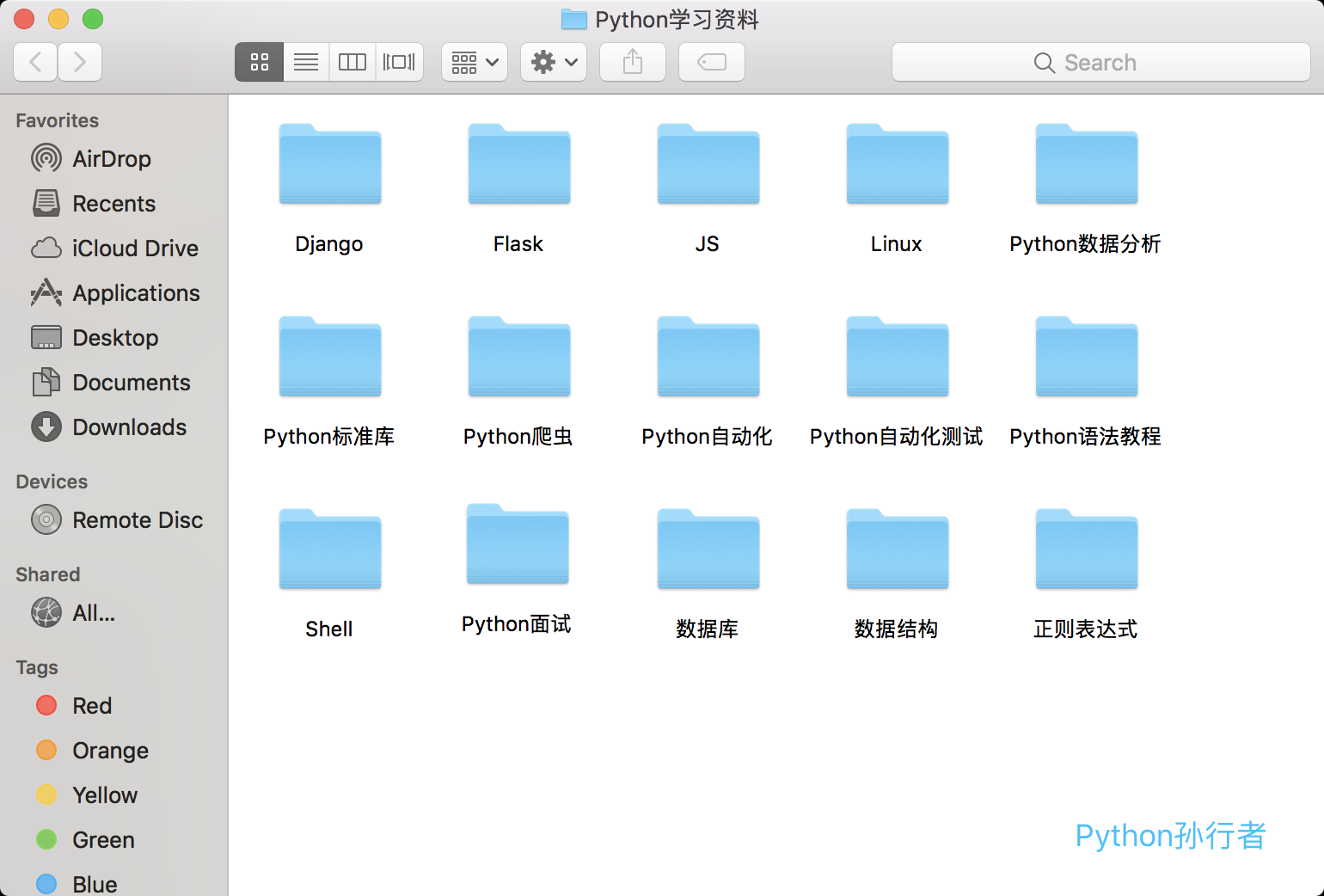上一次介绍了后台开发神器,sqlacodegen神器,一行命令获取数据库所有表的模型类。
今天介绍collections里面的一个好用的小函数: namedtuple函数(不创类而可以拥有类的便利),例如可以使用object.attribute
先看演示
像类一样的访问属性1
2
3
4
5
6
7
8
9
10
11
12
13
14
15
16
17
18
19
20
21
22from collections import namedtuple
Friend = namedtuple('Friend', ['name', 'gender', 'address', 'star', 'signature'])
RidingRoad = Friend('RidingRoad', 'male', 'Mars', 'The five-star high praise',
'Change the world by Program!\n'
'Do what you like!\n'
'Live what you want!')
print(RidingRoad.name)
print(RidingRoad.gender)
print(RidingRoad.address)
print(RidingRoad.star)
print(RidingRoad.signature)
RidingRoad
male
Mars
The five-star high praise
Change the world by Program!
Do what you like!
Live what you want!
类似字典的访问
像字典一样访问items、keys、values1
2
3
4
5
6
7
8
9
10
11
12
13
14
15
16
17
18
19
20
21
22
23
24
25
26
27
28
29
30
31
32for key, value in RidingRoad.__dict__.items():
print(key, value)
print("*" * 30)
for key in RidingRoad.__dict__.keys():
print('{}: '.format(key), eval('RidingRoad.{}'.format(key)))
print("*" * 30)
for value in RidingRoad.__dict__.values():
print(value)
('name', 'RidingRoad')
('gender', 'male')
('address', 'Mars')
('star', 'The five-star high praise')
('signature', 'Change the world by Program!\nDo what you like!\nLive what you want!')
******************************
('name: ', 'RidingRoad')
('gender: ', 'male')
('address: ', 'Mars')
('star: ', 'The five-star high praise')
('signature: ', 'Change the world by Program!\nDo what you like!\nLive what you want!')
******************************
RidingRoad
male
Mars
The five-star high praise
Change the world by Program!
Do what you like!
Live what you want!
为什么可以这样?
到这里,你应该会有两个疑问:
- 为什么有类的影子?
- 为什么有字典的影子?
源码解析
为什么有类的影子?
看源码的_class_template部分,其实函数内部为我们创了一个类了1
2
3
4
5
6
7
8
9
10
11
12
13# Fill-in the class template
class_definition = _class_template.format(
typename = typename,
field_names = tuple(field_names),
num_fields = len(field_names),
arg_list = repr(tuple(field_names)).replace("'", "")[1:-1],
repr_fmt = ', '.join(_repr_template.format(name=name)
for name in field_names),
field_defs = '\n'.join(_field_template.format(index=index, name=name)
for index, name in enumerate(field_names))
)
if verbose:
print class_definition
然后_class_template干了什么?对类进行定义1
2
3
4
5
6
7
8
9
10
11
12
13
14
15
16
17
18
19
20
21
22
23
24
25
26
27
28
29
30
31
32
33
34
35
36
37
38
39
40
41
42
43
44
45
46
47_class_template = '''\
class {typename}(tuple):
'{typename}({arg_list})'
__slots__ = ()
_fields = {field_names!r}
def __new__(_cls, {arg_list}):
'Create new instance of {typename}({arg_list})'
return _tuple.__new__(_cls, ({arg_list}))
@classmethod
def _make(cls, iterable, new=tuple.__new__, len=len):
'Make a new {typename} object from a sequence or iterable'
result = new(cls, iterable)
if len(result) != {num_fields:d}:
raise TypeError('Expected {num_fields:d} arguments, got %d' % len(result))
return result
def __repr__(self):
'Return a nicely formatted representation string'
return '{typename}({repr_fmt})' % self
def _asdict(self):
'Return a new OrderedDict which maps field names to their values'
return OrderedDict(zip(self._fields, self))
def _replace(_self, **kwds):
'Return a new {typename} object replacing specified fields with new values'
result = _self._make(map(kwds.pop, {field_names!r}, _self))
if kwds:
raise ValueError('Got unexpected field names: %r' % kwds.keys())
return result
def __getnewargs__(self):
'Return self as a plain tuple. Used by copy and pickle.'
return tuple(self)
__dict__ = _property(_asdict)
def __getstate__(self):
'Exclude the OrderedDict from pickling'
pass
{field_defs}
'''
为什么有字典的影子?
看源码的 asdict部分,这里封装成了有序字典,所以我们可以通过\_dict__访问字典的特性了1
2
3
4__dict__ = _property(_asdict)
def _asdict(self):
'Return a new OrderedDict which maps field names to their values'
return OrderedDict(zip(self._fields, self))
Python全面学习资料
公众号”Python孙行者”后台回复”电子书“即可。如果你有什么好东西好神器,欢迎后台私信,以后总结随文分享,一个人很渺小,有你的参与==>人从众众众众众众众


